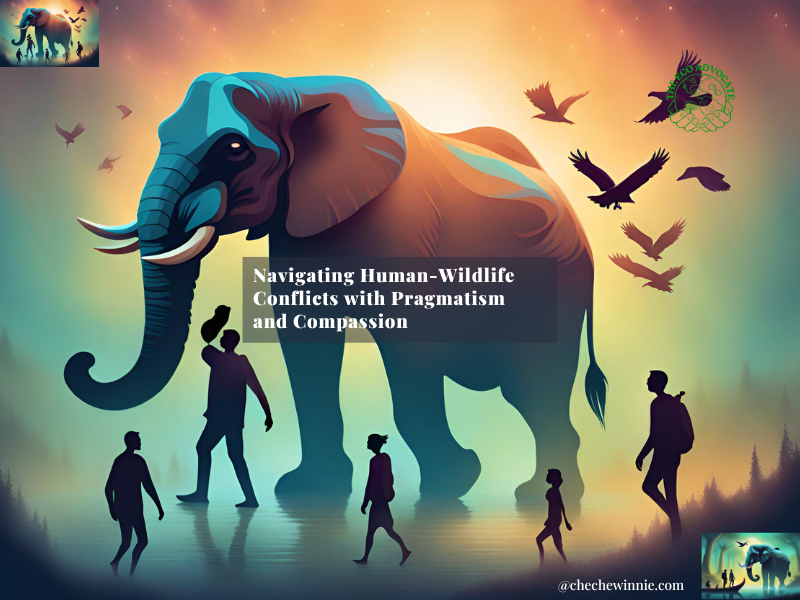The delicate balance between preserving biodiversity and safeguarding the livelihoods of local communities is at the heart of human-wildlife conflicts. To confront these conflicts with honesty and pragmatism, we must recognize the historical coexistence between wildlife and human populations. Urgent conservation strategies are needed that prioritize both wildlife protection and the well-being of those living near conservation zones, especially when communities suffer losses without compensation or delays.
The Coexistence Conundrum
As human populations expand and conservation areas encroach upon local territories, conflicts between humans and wildlife become more common. Even though communities have adapted to nature’s ebb and flow, livestock losses due to wildlife can have profound and devastating effects on the livelihoods of communities whose economies rely on agriculture and livestock.
The Human Toll
Communities’ pain from losing livestock without proper recourse or support is palpable. Livestock is not only a source of sustenance but also a vital economic asset for many rural communities. Wildlife incursions that cannot be prevented can lead to financial instability, food insecurity, and strained community relations. It is essential to recognize that the consequences extend beyond the immediate loss of animals and empathize with the human toll of these conflicts.
A Call for Balance
A balanced and multifaceted approach is essential to address the complex issue of human-wildlife conflicts. Conservation strategies must go beyond the exclusive protection of wildlife and incorporate measures that safeguard the well-being of local communities. Prioritizing the coexistence of both is not just ethically sound but also critical for the long-term success of conservation efforts.
Community Engagement and Education
Initiatives that involve local communities in the decision-making processes regarding conservation areas can foster a sense of ownership and responsibility. Educating communities about the ecological importance of wildlife and providing tools to mitigate conflicts can empower them to actively participate in the protection of both their livelihoods and biodiversity.
Early Warning Systems
Effective early warning systems can help reduce the frequency of conflicts. Technologies such as motion sensors, alarms, and community-based monitoring can provide timely alerts, enabling communities to take preventative measures and protect their livestock without resorting to lethal means to fend off wildlife.
Compensation and Insurance Programs
Establishing fair and efficient compensation systems for livestock losses is crucial. Timely compensation not only mitigates the economic impact on affected communities but also fosters goodwill and cooperation between conservation organizations and locals. Additionally, exploring insurance programs that cover losses due to wildlife can provide a sustainable solution.
Corridor Planning
Thoughtful planning of conservation corridors that consider both the ecological needs of wildlife and the movement patterns of local communities is essential. This involves identifying areas where human-wildlife interactions are likely and implementing measures to mitigate potential conflicts, such as strategic fencing or alternative routes for wildlife.
Conclusion
To navigate the complexities of human-wildlife conflicts, it is important to confront the challenges with both honesty and pragmatism. The coexistence of wildlife and local communities is not only possible but imperative for the long-term success of conservation efforts. By acknowledging the pain inflicted on communities due to livestock losses and implementing strategies that prioritize both wildlife protection and community well-being, we can forge a path toward sustainable and harmonious coexistence.

